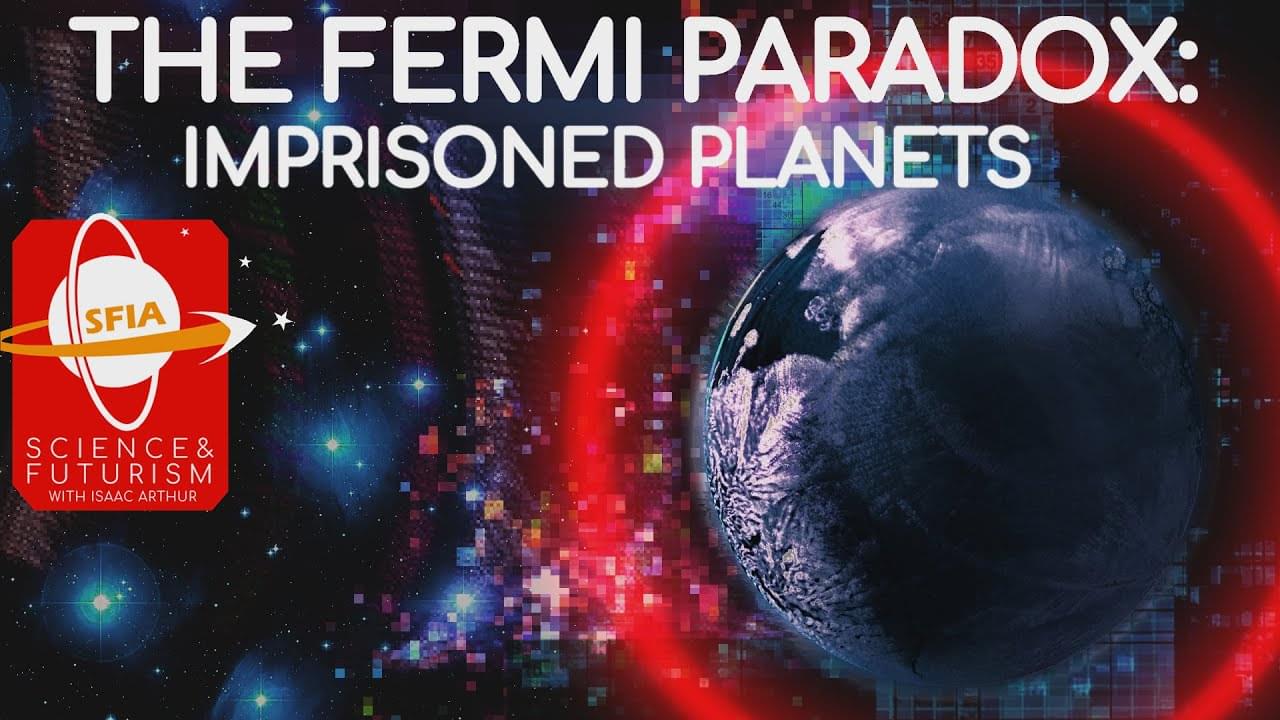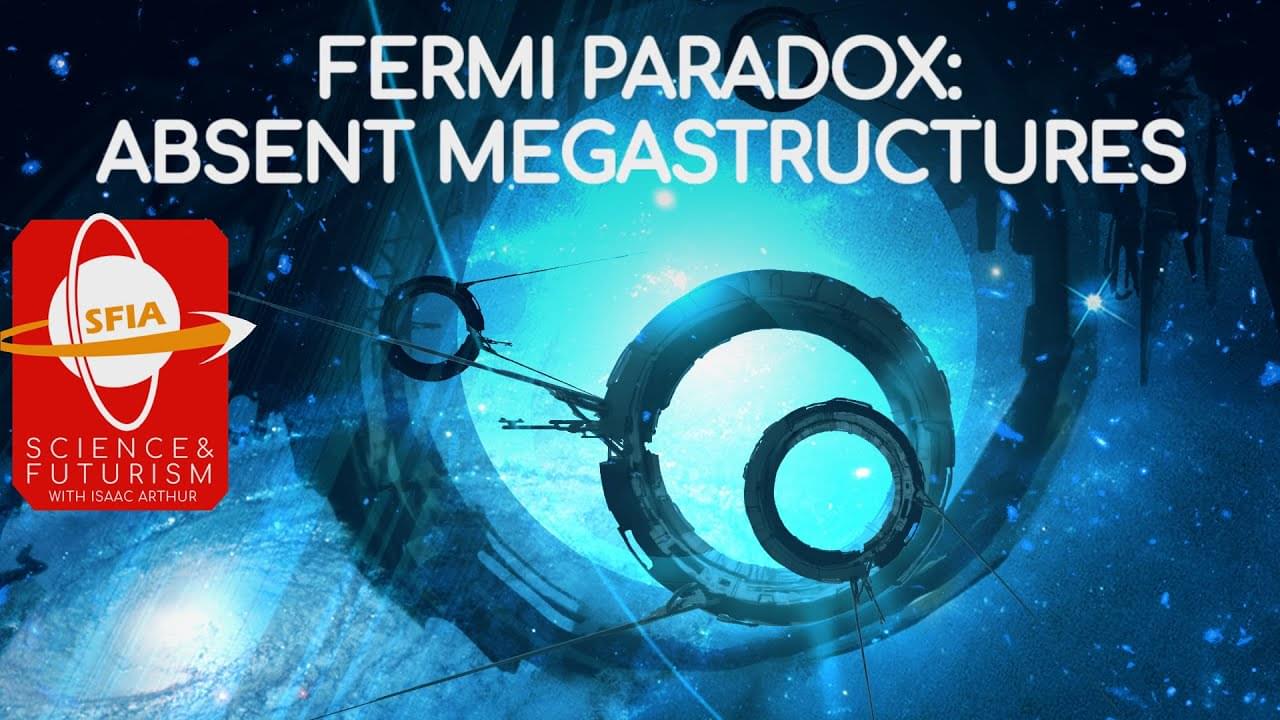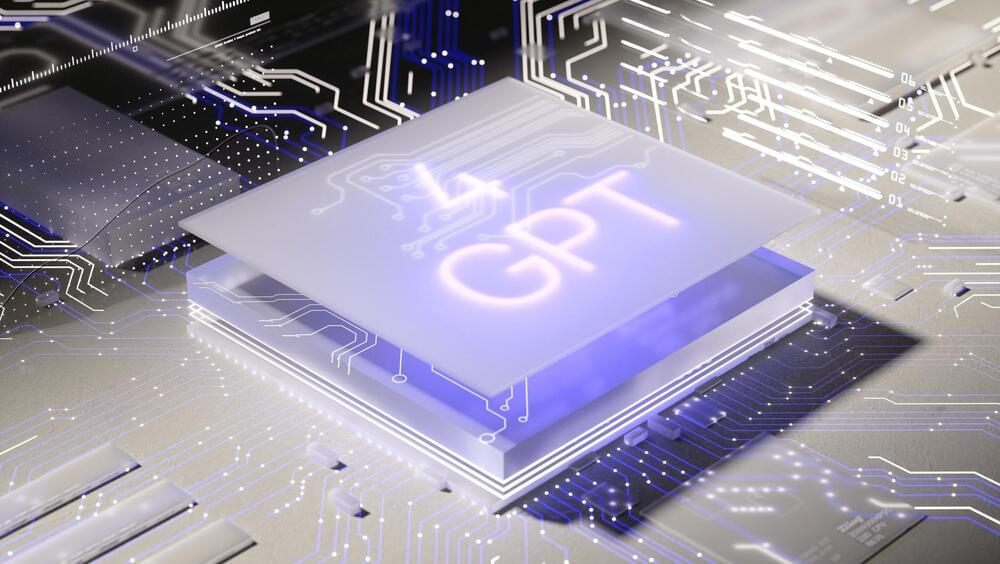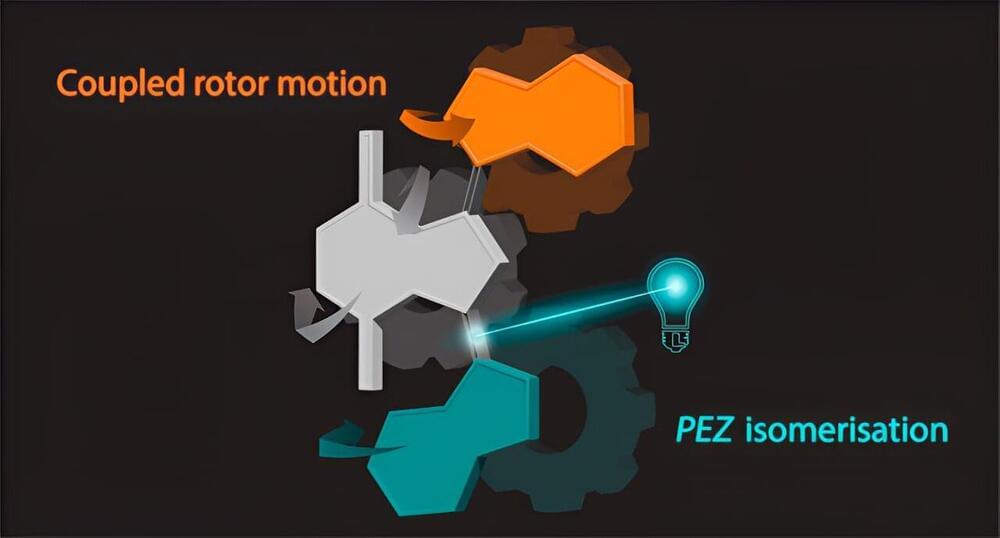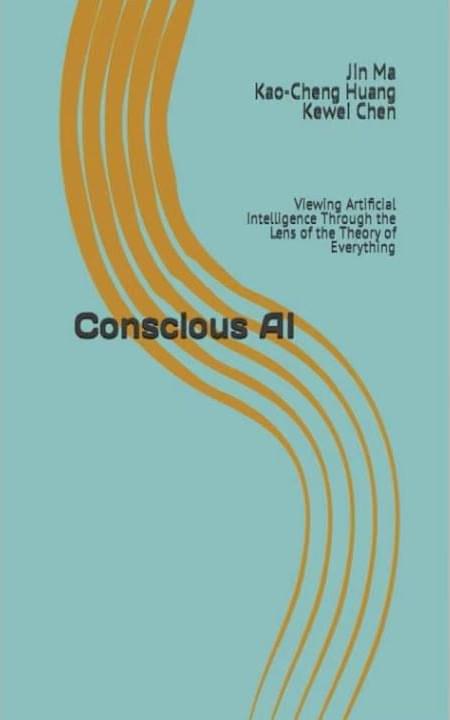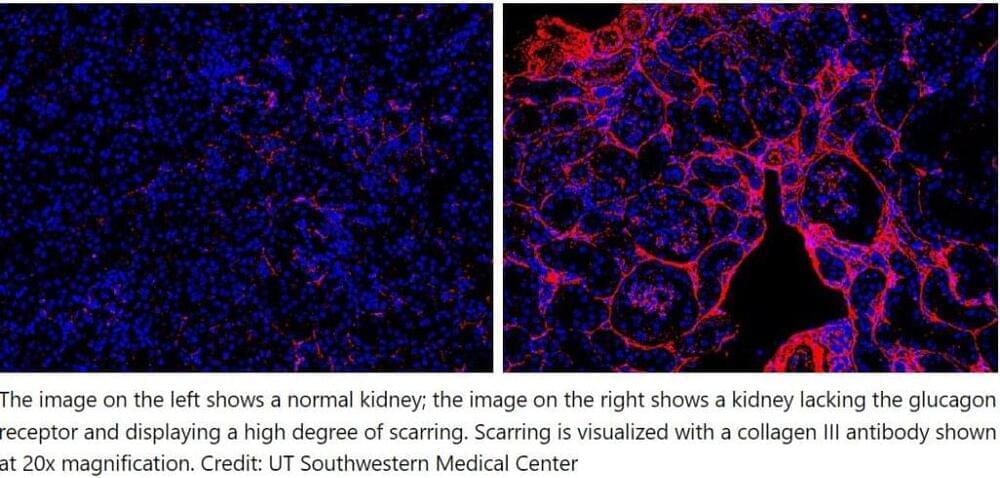Generative AI can be hijacked by self-replicating worms.
“Enriched cosmic dust, on the other hand, I think makes for a plausible source.”
Dr. Walton’s team now plans to test their theory experimentally, using large reaction vessels to recreate the conditions that might have prevailed in the primeval melt holes, then setting the initial conditions to those that probably existed in a cryoconite hole four billion years ago before waiting to see whether any chemical reactions of the kind that produce biologically relevant molecules do indeed develop.
The post Scientists say cosmic dust may have kick-started life on Earth appeared first on Talker.
The James Webb Space Telescope (JWST) is helping scientists uncover how planets form by advancing understanding of their birthplaces and the circumstellar disks surrounding young stars.
In a paper published in The Astronomical Journal, a team of scientists, led by Naman Bajaj of the University of Arizona and including Dr. Uma Gorti at the SETI Institute, images for the first time winds from an old planet-forming disk (still very young relative to the sun) which is actively dispersing its gas content. The disk has been imaged before, but winds from old disks haven’t. Our knowing when the gas disperses is important, as it constrains the time left for nascent planets to consume the gas from their surroundings.
At the heart of this discovery is the observation of TCha, a young star (relative to the sun) enveloped by an eroding disk notable for its vast dust gap, approximately 30 astronomical units in radius. For the first time, astronomers have imaged the dispersing gas (aka winds) using the four lines of the noble gases neon (Ne) and argon (Ar), one of which is the first detection in a planet-forming disk. The images of [Ne II] show that the wind is coming from an extended region of the disk.
Getting into space is difficult, but it may be that other worlds have even harder times at it than we do, imprisoned by orbital debris, high gravity, or even being quarantined by alien civilizations.
Start building your ideal daily routine! The first 100 people who click on the link will get 25% OFF Fabulous Premium: http://thefab.co/isaac.
Visit our Website: http://www.isaacarthur.net.
Join Nebula: https://go.nebula.tv/isaacarthur.
Support us on Patreon: / isaacarthur.
Support us on Subscribestar: https://www.subscribestar.com/isaac-a…
Facebook Group: / 1583992725237264
Reddit: / isaacarthur.
Twitter: / isaac_a_arthur on Twitter and RT our future content.
SFIA Discord Server: / discord.
Listen or Download the audio of this episode from Soundcloud: Episode’s Audio-only version: / the-fermi-paradox-imprisoned-planets.
Episode’s Narration-only version: / the-fermi-paradox-imprisoned-planets-narra…
Credits:
The great mystery of where all the aliens are in our vast Universe contemplates ancient interstellar civilizations building enormous megastructures that rival worlds or even stars in the immensity… and asks why we can’t see these giant alien artifacts.
David Brin on Event Horizon with John Michael Godier: • A.I. Wars, The Fermi Paradox and Grea…
This Week in Space with Rod Pyle: • Alien Megastructures — Isaac Arthur a…
Sign up for a Curiosity Stream subscription and also get a free Nebula subscription (the streaming platform built by creators) here: https://curiositystream.com/isaacarthur.
Visit our Website: http://www.isaacarthur.net.
Join Nebula: https://go.nebula.tv/isaacarthur.
Support us on Patreon: / isaacarthur.
Support us on Subscribestar: https://www.subscribestar.com/isaac-a…
Facebook Group: / 1583992725237264
Reddit: / isaacarthur.
Twitter: / isaac_a_arthur on Twitter and RT our future content.
SFIA Discord Server: / discord.
Listen or Download the audio of this episode from Soundcloud: Episode’s Audio-only version: / the-fermi-paradox-absent-megastructures.
Johns Hopkins electrical and computer engineers are pioneering a new approach to creating neural network chips—neuromorphic accelerators that could power energy-efficient, real-time machine intelligence for next-generation embodied systems like autonomous vehicles and robots.
Electrical and computer engineering graduate student Michael Tomlinson and undergraduate Joe Li—both members of the Andreou Lab—used natural language prompts and ChatGPT4 to produce detailed instructions to build a spiking neural network chip: one that operates much like the human brain.
Through step-by-step prompts to ChatGPT4, starting with mimicking a single biological neuron and then linking more to form a network, they generated a full chip design that could be fabricated.
A pair of chemists at the University of Groningen in the Netherlands, has observed communication between rotors in a molecular motor. In their study, reported in the Journal of the American Chemical Society, Carlijn van Beek and Ben Feringa conducted experiments with alkene-based molecular motors.
Molecular motors are natural or artificial molecular machines that convert energy into movement in living organisms. One example would be DNA polymerase turning single-stranded DNA into double-stranded DNA. In this new effort, the researchers were experimenting with light-driven, alkene-based molecular motors, using light to drive molecular rotors. As part of their experiments, they created a motor comprising three gears and two rotors and observed an instance of communication between two of the rotors.
To build their motor, the researchers started with parts of existing two motors, bridging them together. The resulting isoindigo structure, they found, added another dimension to their motor relative to other synthesized motors—theirs had a doubled, metastable intermediary connecting two of the rotors, allowing for communication between the two.
[email protected] AI: Viewing Artificial Intelligence Through the Lens of the Theory of Everything Kindle EditionDive into Conscious AI: Vi…
Study shows #Glucagon is #Key for #Kidney #Health.
When researchers removed receptors for this hormone (best known for promoting blood sugar production in the liver) from mouse kidneys, the animals developed symptoms akin to chronic kidney disease…
Glucagon, a hormone best known for promoting blood sugar production in the liver, also appears to play a key role in maintaining kidney health. When UT Southwestern Medical Center researchers removed receptors for this hormone from mouse kidneys, the animals developed symptoms akin to chronic kidney disease (CKD).
Their findings, published in Cell Metabolism, shed new light on glucagon’s physiological functions and provide new insights into CKD, a disease that affects hundreds of millions of people around the globe, according to the National Institute of Diabetes and Digestive and Kidney Diseases.
(alternate spelling noösphere) is a philosophical concept developed and popularized by the biogeochemist Vladimir Vernadsky, and philosopher and Jesuit priest Pierre Teilhard de Chardin. Vernadsky defined the as the new state of the biosphere[1] and described as the planetary “sphere of reason”.[2][3] The represents the highest stage of biospheric development, that of humankind’s rational activities.[4]
The word is derived from the Greek νόος (“nous, mind, reason”) and σφαῖρα (“sphere”), in lexical analogy to “atmosphere” and “biosphere”.[5] The concept cannot be accredited to a single author. The founding authors Vernadsky and de Chardin developed two related but starkly different concepts, the former grounded in the geological sciences, and the latter in theology. Both conceptions of the share the common thesis that together human reason and scientific thought have created, and will continue to create, the next evolutionary geological layer. This geological layer is part of the evolutionary chain.[6][7] Second-generation authors, predominantly of Russian origin, have further developed the Vernadskian concept, creating the related concepts: noocenosis and noocenology.[8].



